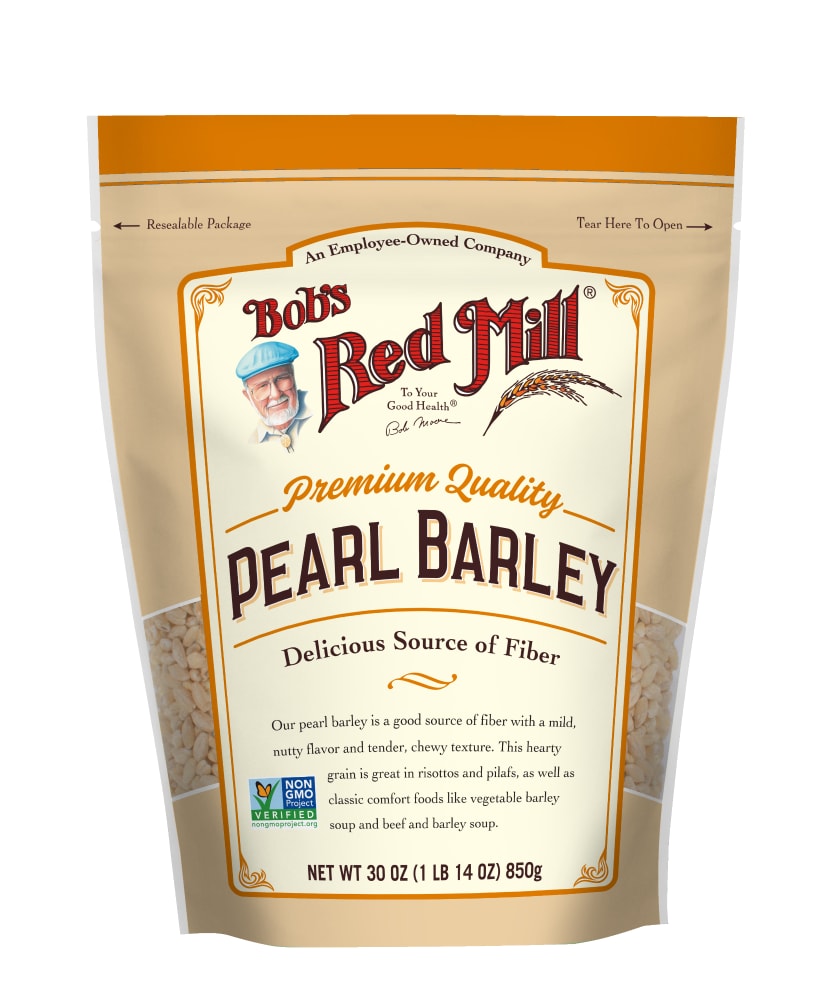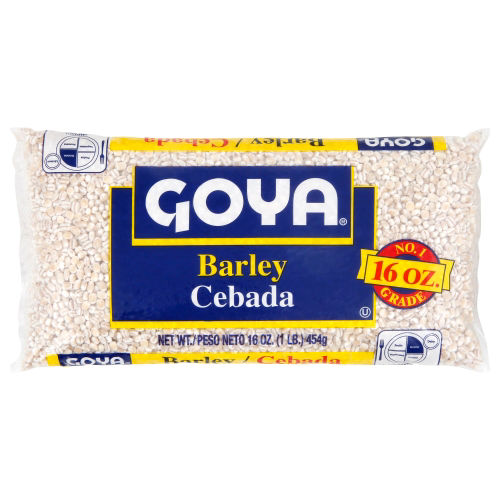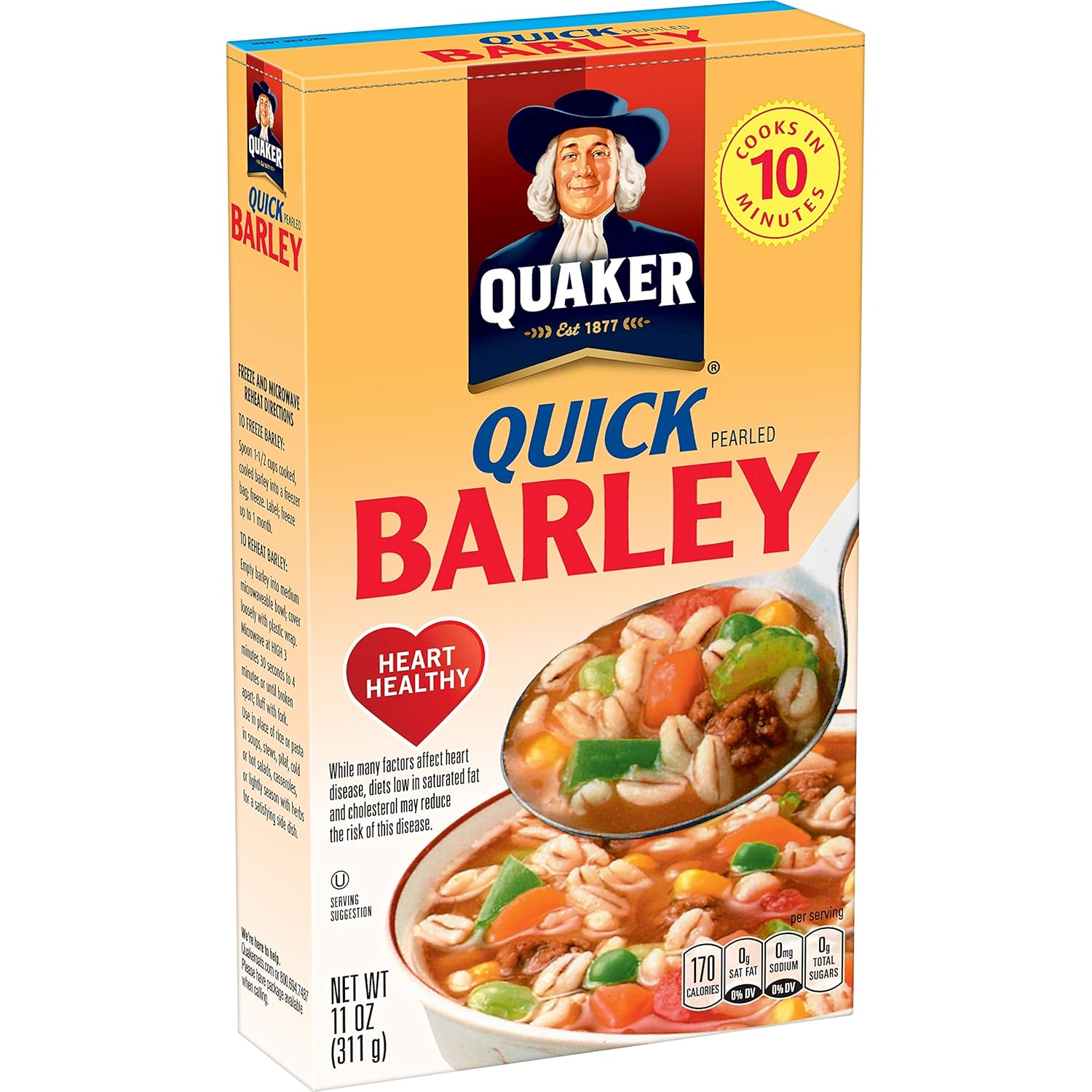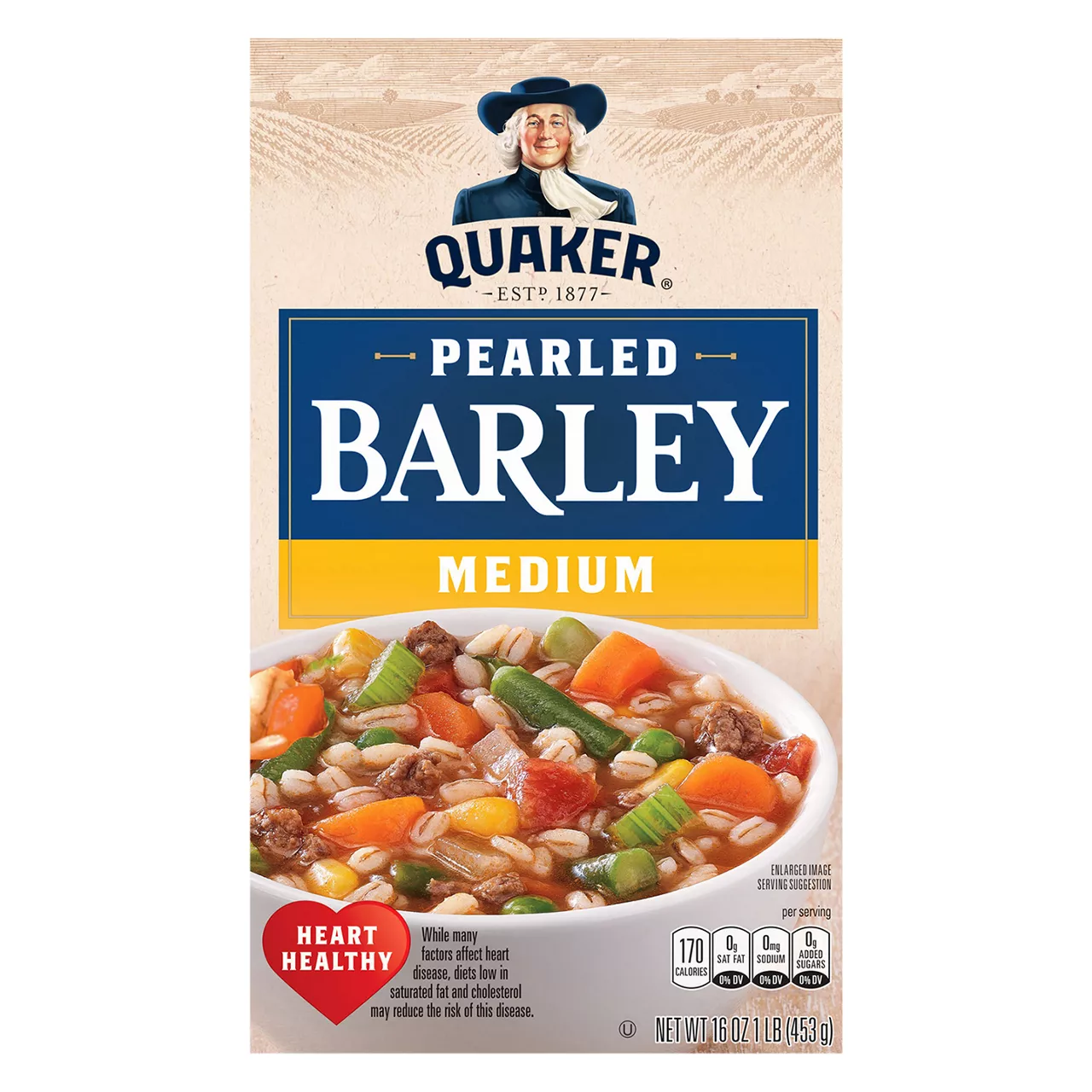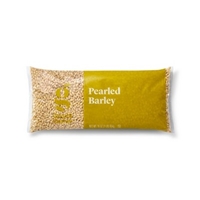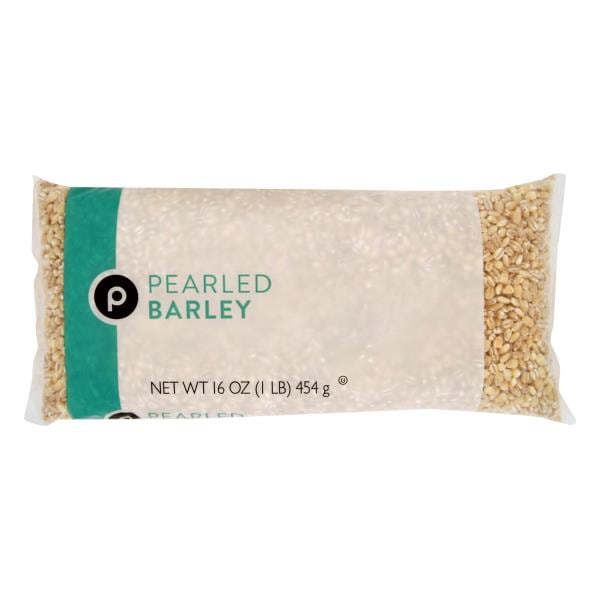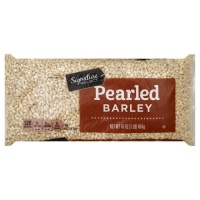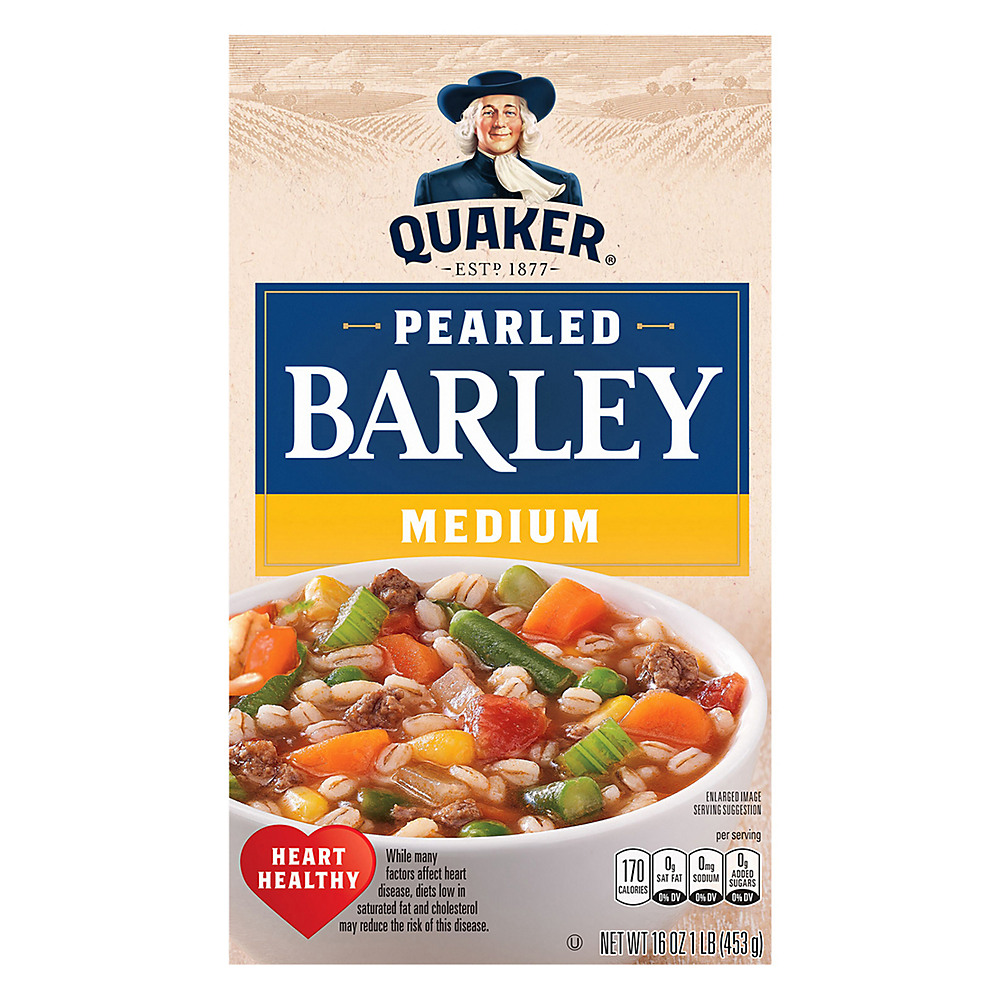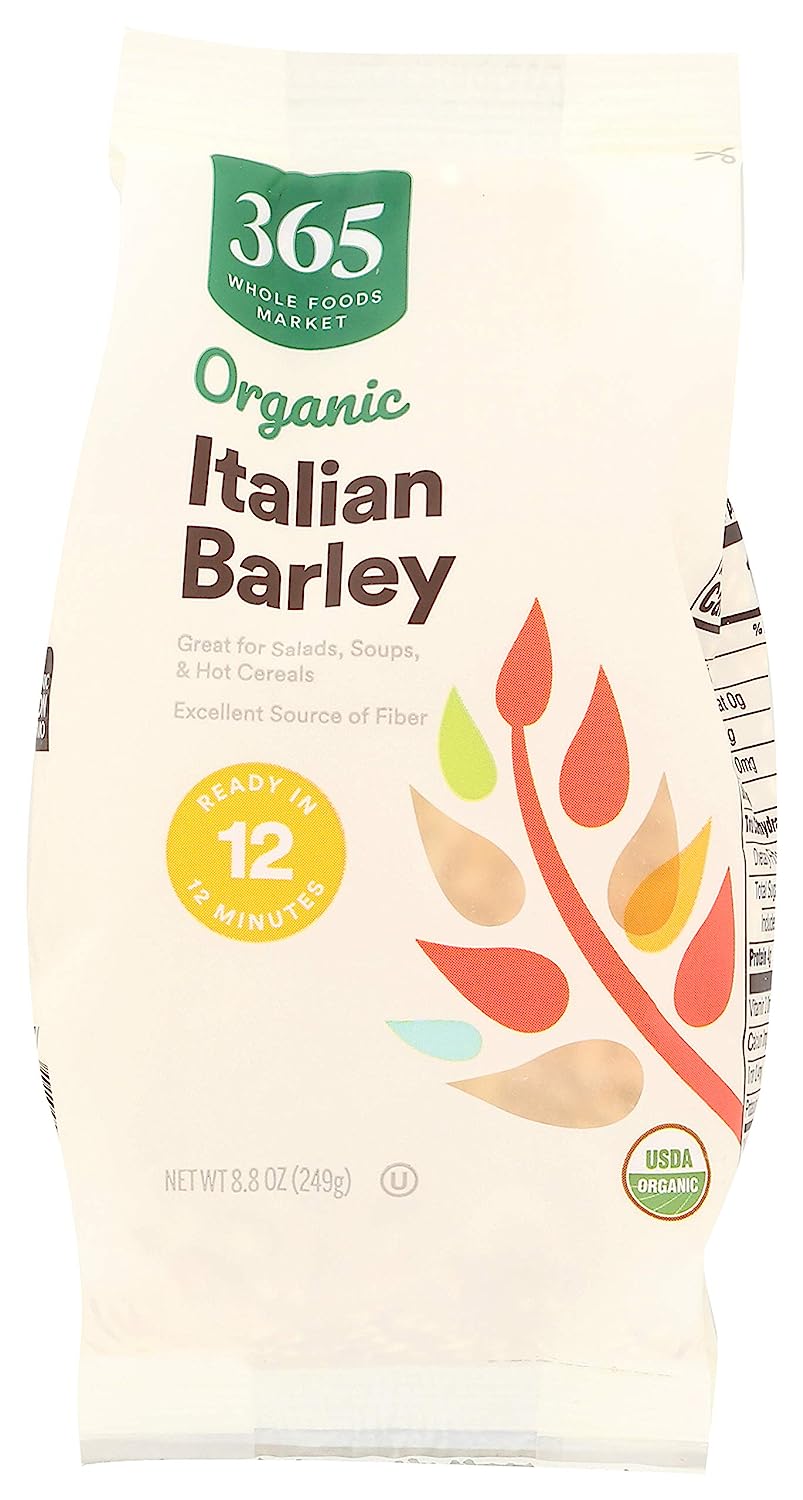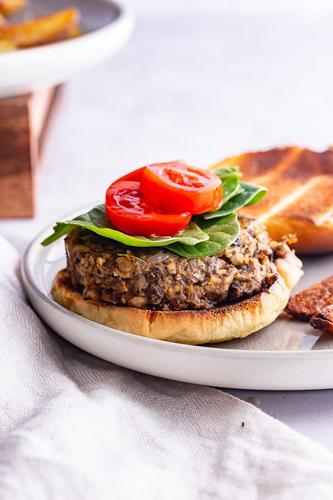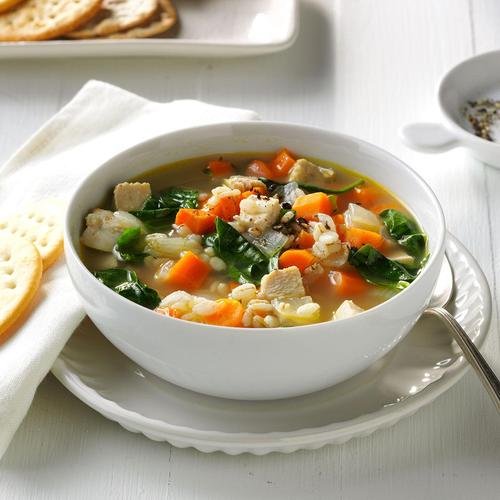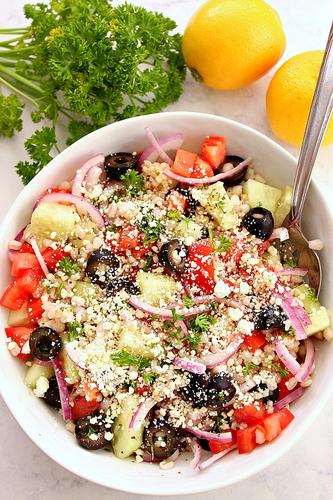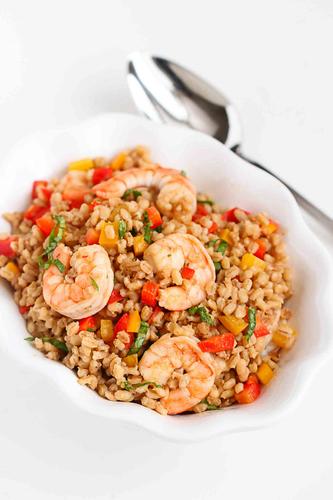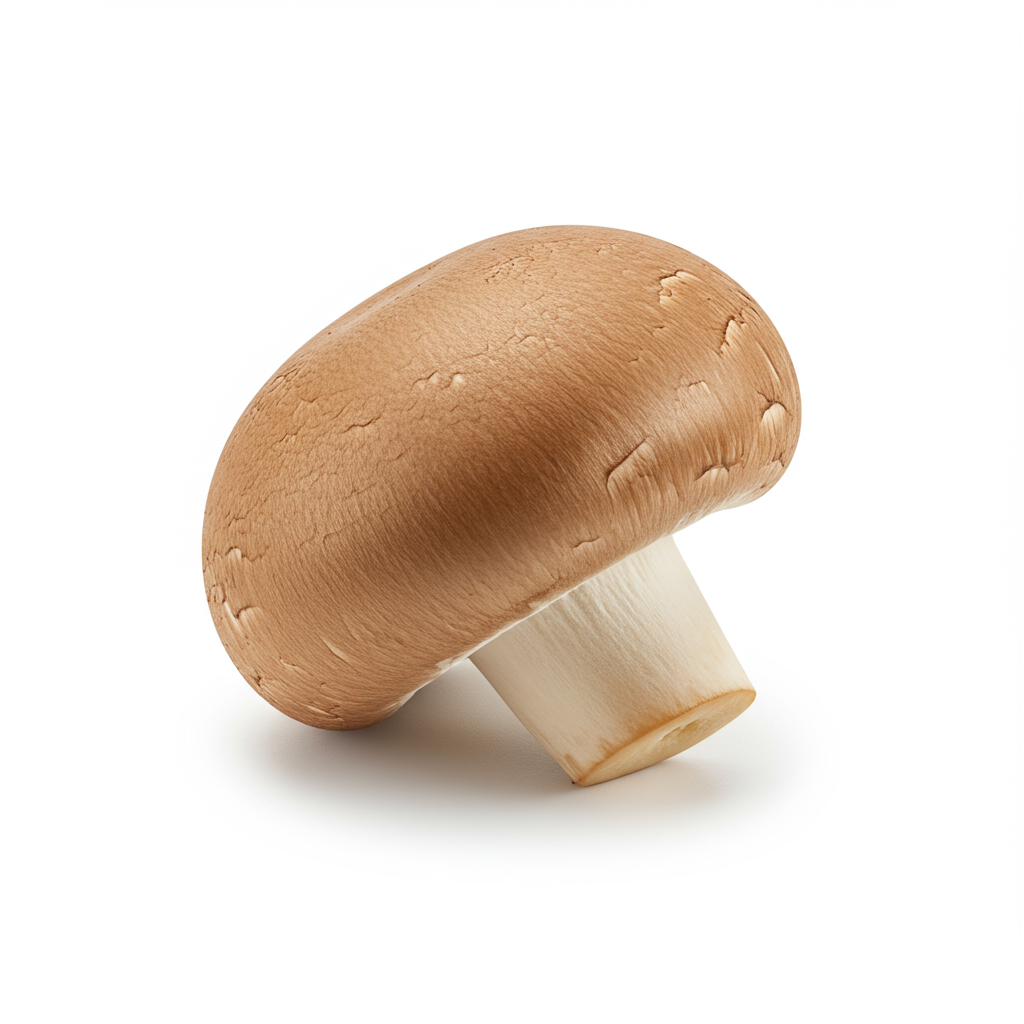SOUPS
SALADS
SIDE DISHES
Barley
Barley is a versatile cereal grain known for its nutty flavor and chewy texture. Hailing from the grass family, it has been a staple food in various cultures for thousands of years. The grain is primarily consumed in three forms: hulled, pearled, and as a malted ingredient for brewing beer and whiskey. Barley is not only nutritious, containing essential vitamins, minerals, and fiber, but it is also relatively easy to cultivate, making it a popular choice in many regions around the world.
For a home cook or consumer, barley is an excellent ingredient choice for adding both taste and nutrition to their meals. It is a versatile grain and can be utilized in a variety of dishes, including salads, soups, stews, and grain bowls. Barley's rich, slightly nutty flavor pairs well with an array of vegetables and proteins, and its chewy texture adds a delightful element to a meal. Additionally, barley's high fiber content may contribute to improved digestion and reduced cholesterol levels.
83%
CARBS
3%
FAT
14%
PROTEIN
320 Barley Products
Used In 17 Recipes
2
Savory Barley Salad with Buttery Mushrooms and Fried Shallots
111
Superfood Bibimbap with Crispy Tofu
4
Spiced Barley Salad with Pomegranate and Feta
7
Mushroom Burger with Pearl Barley
29
Beef Barley Soup
8
Turkey and Vegetable Barley Soup
5
Greek Salad with Barley Recipe
1
Toasted Barley & Shrimp Salad Recipe
Barley Is Frequently Used With
Barley FAQ
When people cook with barley, they often struggle with how long to cook it for and at what temperature. Using too much water can result in barley that's too mushy, while not using enough may result in undercooked grains. Also, many people aren't clear on the differences between hulled, pearled, and malted barley.
Hulled barley is the whole grain form of barley with only the outermost hull removed, which means it is the most nutritious but also takes the longest to cook. Pearled barley is more processed with both the hull and bran removed, making it less nutritious but quicker to cook. Malted barley is usually found in brew shops as it is primarily used for making beer.
To make the most out of barley, it's best to soak it before cooking to reduce cooking time and to make the nutrients more available. Another tip is to toast the barley on the stovetop before boiling it, which deepens the flavor.
An often little-known fact about barley is that you can mix it with other grains to play with the texture of your dish. Or grind into flour for a whole grain alternative in baking. Barley flour has a slightly sweet flavor and can be used to make pancakes, bread, and muffins.
Do I need to rinse barley before cooking?
What is the proper barley to water ratio?
Can I substitute barley for rice in recipes?
Can I use barley in a soup without pre-cooking it?
How can I use barley flour?
Can barley be eaten raw?
Do I need to stir barley constantly when I'm cooking it?
How to reduce the cooking time of barley?
What can I do if my cooked barley is too mushy?
What is the difference between hulled and pearled barley?
Expiration & Storage Tips
When does barley expire?
In general, unopened barley will last up to 2 years if stored typically in a pantry. The printed date on the package is a ‘best by’ date, so your barley might still be fine for a while after this date, but it is best to use it before this to get the best quality. If you’ve opened your barley, it should be good to use within one year, as long as it’s been properly stored. Homemade barley products, like soup, should be eaten within 3-5 days if refrigerated, or can be frozen for 2-3 months. Additionally, if you’ve cooked the barley as a side dish or for a salad, it can be refrigerated and should be eaten within 3-5 days.
How do you tell if barley is bad?
A quick visual inspection can tell you if your barley has gone bad. Firstly, check for any changes in the coloring of this grain. If it has developed a dark or grayish color compared to its original light brown, it's likely gone bad. Secondly, inspect your barley for signs of mold, which could appear as spots of fuzz or discoloration. If you see these signs, it's best to discard the entire package. Also, sniff the barley; if it has a stale or off smell, it is likely past its prime and should be tossed.
Tips for storing barley to extend shelf life
To extend the shelf life of barley in your kitchen, here are a few handy tips:
• Always store your barley in an airtight container. This can protect it from humidity and any potential pests, and maintain its quality for longer.
• If you have the spare fridge space, you may opt to store your barley there post-opening. This can help maintain its freshness for longer periods.
• If you've cooked a larger batch of barley than you can consume, consider freezing it in smaller portions. Cool it fully before packing it into meal-sized containers or freezer-safe bags. Then, when you're ready to eat it, defrost the Barley overnight in the fridge or using your microwave's defrost setting.
EXPIRES WITHIN
19 - 29
MONTHS
Substitutes

Bulgur

Freekeh

Wheat Berries

Whole Spelt

Farro

Black Rice

Brown Basmati Rice

Brown Jasmine Rice

Brown Rice

Long Grain Brown Rice
See All
Health Info
Macros
115g
CARBS
3g
FAT
19g
PROTEIN
Allowed on these diets
LOW FAT
HIGH CALCIUM
VEGETARIAN
MEDITERRANEAN
LOW CARB
VEGAN
LACTOSE FREE
Contains these allergens
WHEAT

